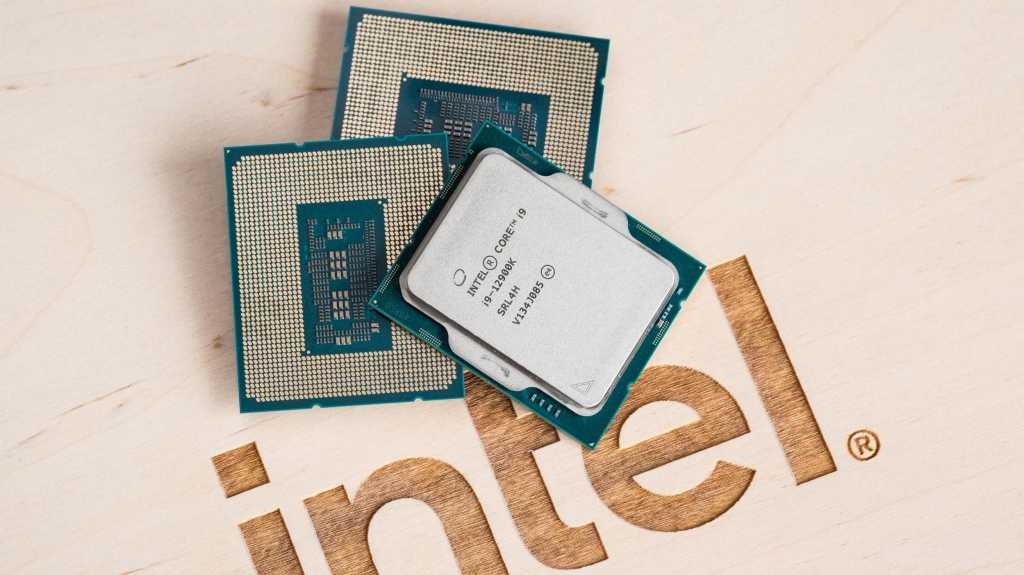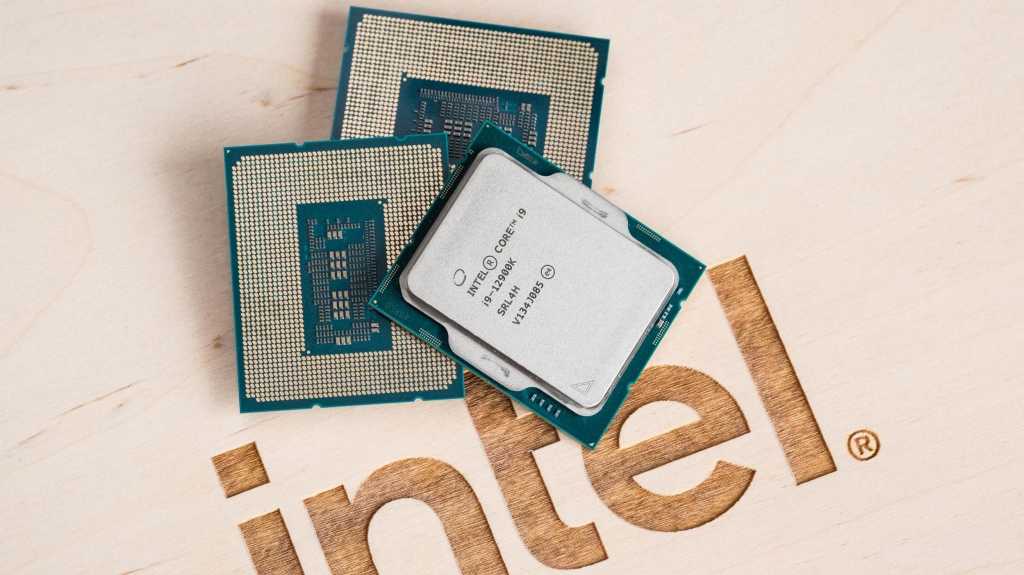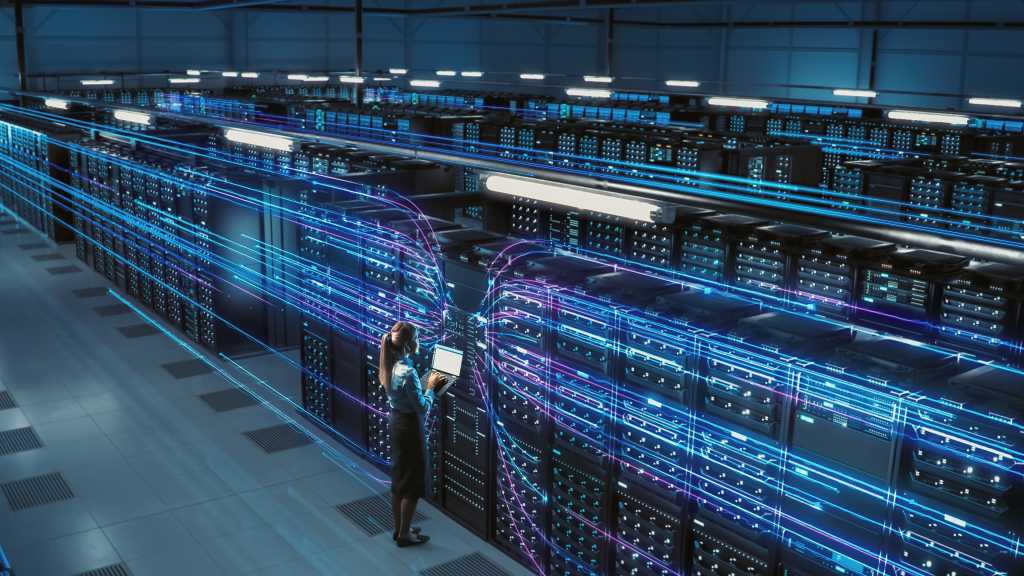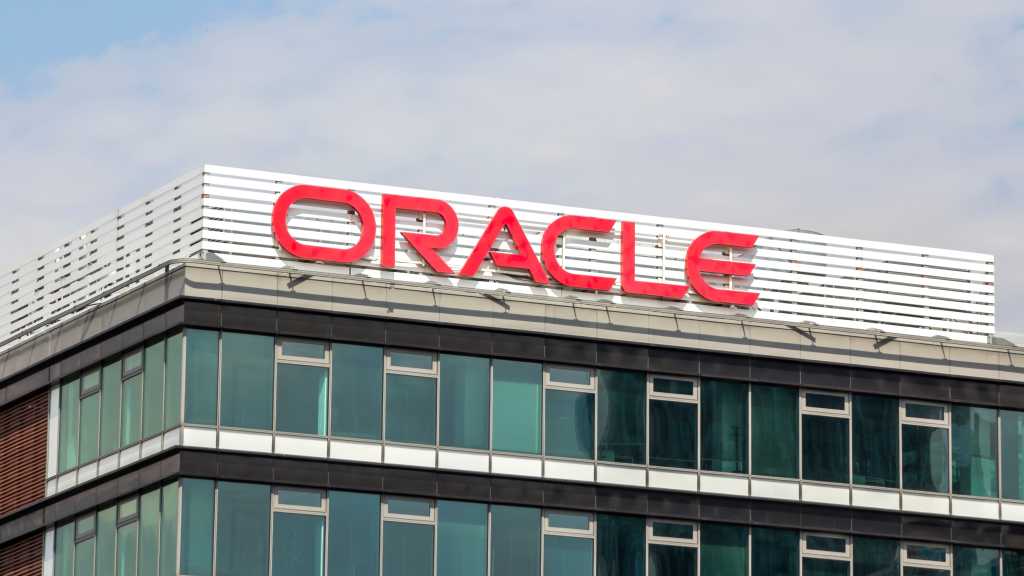Join our daily and weekly newsletters for the latest updates and exclusive content on industry-leading AI coverage. Learn More
Vibe coding and the growth of AI-powered coding platforms gave rise to yet another battleground among tech companies.
In December, Google released Jules, an autonomous coding agent that can fix bugs asynchronously, as an experiment. However, during Google I/O, Google announced that Jules will now be available in beta.
With the broader release of Jules, Google positions itself as a strong competitor against a rising number of AI coding assistants designed to write, check and fix code autonomously.
Josh Woodward, vice president of Google Labs, told reporters in a briefing that Jules “will be available to help developers fix bugs, create tests, consult documentation all happening in the background.”
“People are describing apps into existence,” Woodward said. “This started out as an asynchronous coding agent with the idea that, what if you created a way where you could assign tasks to this agent for the things you didn’t want to do?”
Jules will be integrated into GitHub and uses Google’s Gemini 2.5 Pro. During the public beta phase, developers can access Jules for free but with usage limits.
Asynchronous and parallel
Jules works asynchronously, allowing developers to assign it a task while they work separately on something else. It runs tasks inside a virtual machine, shows tasks and their reasoning and even offers audio summaries.
But Jules is not the only asynchronous and parallel task coding agent around, nor is it the only one announced in May.
OpenAI surprised the industry by releasing a research preview of its coding agent Codex, after rumors circulated that the company would buy the coding startup Windsurf. Codex began life as a coding model but has since transformed into a coding agent able to write, fix bugs, and answer codebase questions in a separate sandbox.
Codex was also behind one of the first code completion assistants, GitHub Copilot. GitHub announced during Microsoft Build this week, GitHub Copilot Agent, doing much of the same asynchronous work as Codex and Jules.
The upcoming arms race around coding agents is gaining interest in social media, even before Jules and Codex are fully released to the public.
Yeah, I think Jules beats Codex by a lot. Only tested on a my lazy prompt so far “Analyze the project and write unit tests to cover 100%”.
— Daniel Nakov (@dnak0v) May 19, 2025
– Jules plans first and creates its own tasks. Codex does not. That’s major.
– Jules VMs have internet pic.twitter.com/DCGPKwiNiP
@Google ai agent Jules just made her first contribution to a project I’m working on
— Nicolas (@NicolasSerna314) May 20, 2025
Feedback: I really wish there was a way where I could select files or directories where I would want the AI to focus on pic.twitter.com/z5yMaF2ERb
Seems like Coding agents that can submit PRs are the new shiny objects. Codex from OpenAI, Copilot coding agent from GitHub/Microsoft, Jules from Google, Claude and xAI when?
— Samuel (@SamuelSurfboard) May 20, 2025
These more autonomous coding platforms follow the growth of “vibe coding,” where code and applications are generated mostly through prompting rather than hard coding written by humans. The entrance of Big Tech companies like Google and OpenAI into this arena brings coding agents even more to the forefront of the AI arms race.
More AI-powered code
Even inside Google, Jules is not the only AI coding platform to build applications. Google offers Code Assist, AI Studio, Jules and Firebase.
Firebase, announced in April, allows non-coders to build applications and add AI features. Google updated the platform, adding a new AI Workspace for Firebase Studio and Firebase AI Logic for monitoring AI usage.
Firebase Studio, powered by Gemini 2.5 Pro, so that people can build more sophisticated applications. Firebase AI Logic offers developers the means to add features to the app’s backend, like authentication and identity. It also allows people to check token usage or resolve latency issues without needing a third-party orchestration program.
Jeanine Banks, vice president and general manager for Developer X and head of Developer Relations at Google, told VentureBeat that Firebase differentiates itself from Jules and other Google coding products by being the first place people new to coding can experiment with making their own AI applications.
“Google offers many wonderful tools to help you with specialized parts of your stack. So, for example, you can use Google AI Studio, which helps in experimenting with your AI inference to figure out the best optimized prompts,” Banks said. “But Firebase is the single place that integrates all of those things together, and it’s a single place for full-stack developers and professionals, but also creators who are vibe coding.”
Daily insights on business use cases with VB Daily
If you want to impress your boss, VB Daily has you covered. We give you the inside scoop on what companies are doing with generative AI, from regulatory shifts to practical deployments, so you can share insights for maximum ROI.
Read our Privacy Policy
Thanks for subscribing. Check out more VB newsletters here.
An error occured.



















